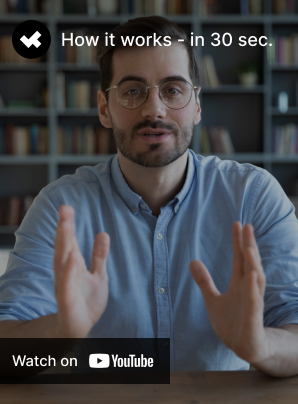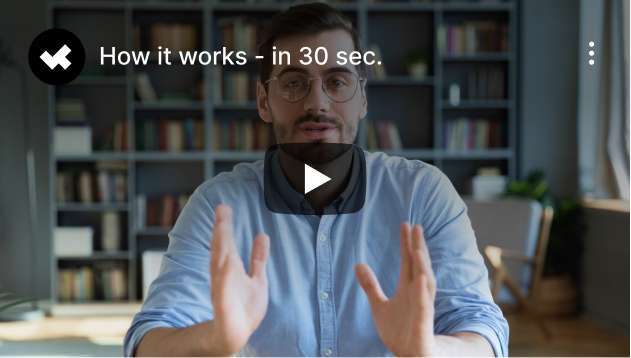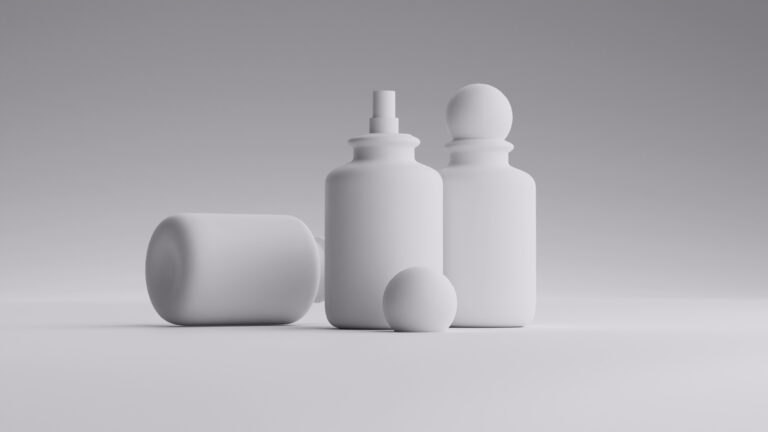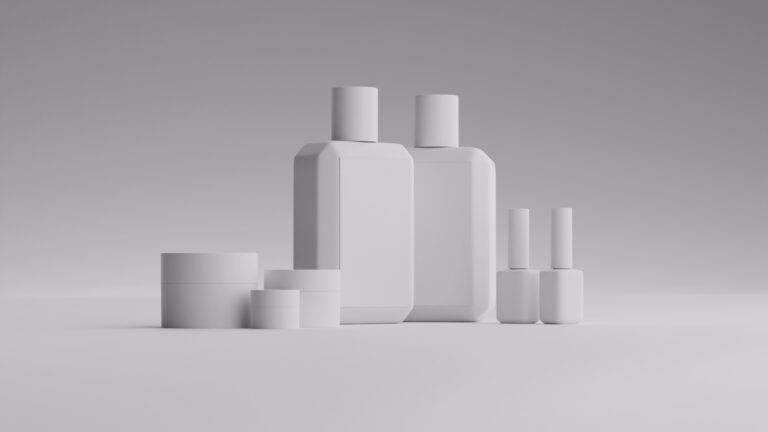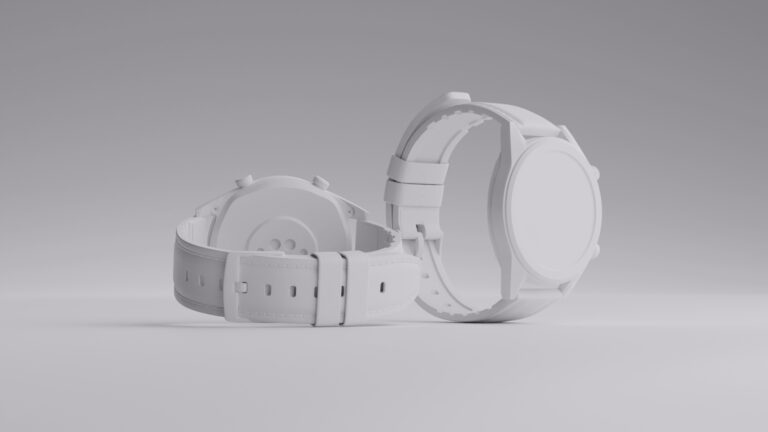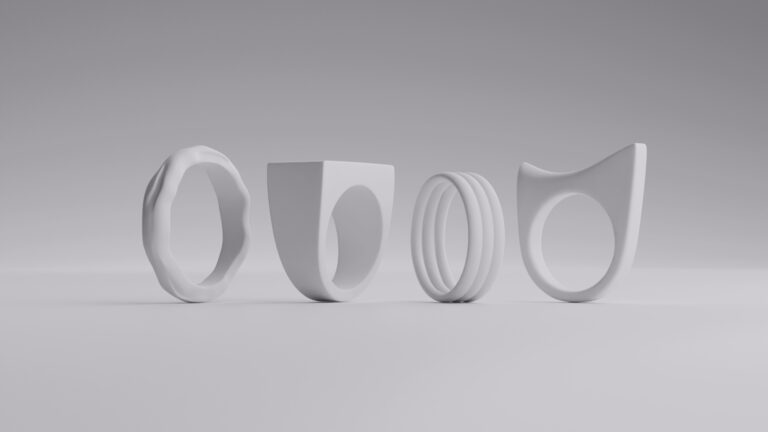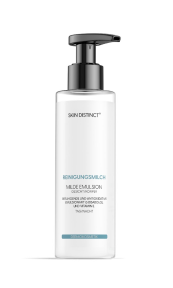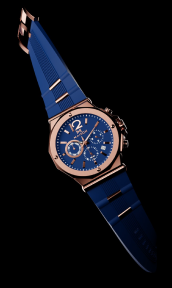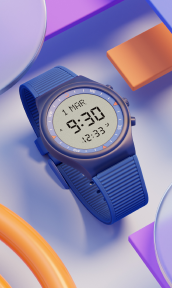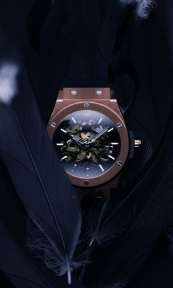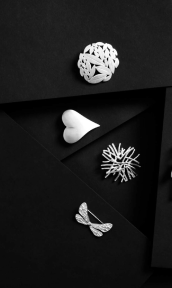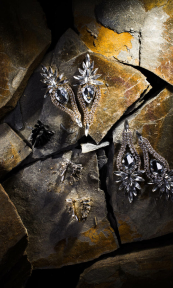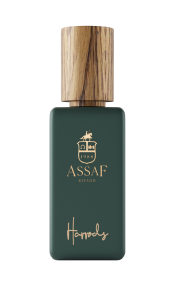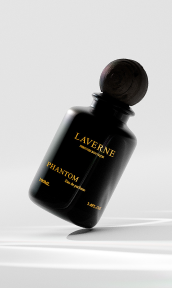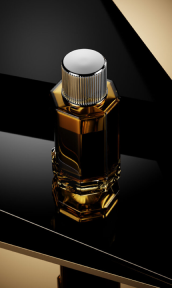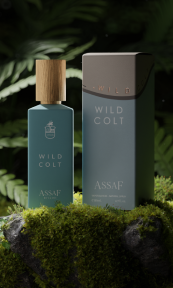If you’ve ever been drawn to a product video that made a simple backpack look like a high-tech gadget from a Marvel movie, you’ve already tasted the magic of 3D product animation. It grabs attention, holds it, and makes even the simplest item feel like something special.
And for e-commerce brands looking to stand out, it might just be the most powerful tool you’re not using yet.
Let’s face it: static photos and clunky videos just don’t cut it anymore. Your customers want more. More movement. More clarity. More personality. And that’s exactly what 3D product animation in e-commerce marketing delivers: an immersive experience that increases engagement, boosts conversions, and brings products to life in ways flat images never could.
How 3D animations transform product presentation

3D product animation turns passive browsing into active discovery. Think less ‘display case,’ more ‘main stage’. And when done right, it can completely shift how your customer connects with what you’re offering.
Turning browsers into buyers
Static photos are fine. But let’s be honest: they don’t tell the whole story. Animated visuals, on the other hand, invite people in. With 3D product animation, your customer can rotate, zoom, and explore every angle like they’re holding it in their own hands. That sense of control keeps them on the page longer and draws them deeper into your world.
Imagine someone scrolling past a shoe photo. Now picture that same shoe bouncing, flexing, and showing off its texture and movement in a short 3D clip. That’s not just a shoe anymore—it’s a promise of comfort, style, and quality in motion.
Making conversions feel natural
A well-animated product doesn’t just look good—it builds trust. When customers see a product in action, they’re more likely to believe in its quality and picture how it fits into their daily life. A 3D clip showing a backpack being packed with everyday items, sliding easily under a plane seat, or fitting snugly on someone’s shoulders tells a full story in seconds.
Some brands have reported a noticeable boost in conversions after making the switch from photos to 3D animations. That one shift—showing instead of telling—can be a game-changer.
Creating emotional connections
This is where the magic happens. 3D animation lets your product tap into emotion, not just logic. You’re not just showing off features—you’re creating a vibe, a lifestyle, and a desirable fantasy.
Picture a perfume bottle gliding through foggy air, bathed in soft light, with a delicate shimmer. The viewer isn’t thinking “Oh, nice bottle.” They’re imagining how that scent might make them feel: elegant, confident, unforgettable. That emotional layer is what sticks. It’s what makes your product unforgettable long after the tab is closed.
A stage, not just a screen
When you use 3D product animation in your e-commerce marketing, you’re not dropping another image into a gallery. You’re creating a mini-experience. One that shows off your product’s strengths, answers unspoken questions, and builds excitement in real time.
Because when your product performs—when it truly comes alive on screen—your audience doesn’t need to be convinced. They’re already sold.
Making complex features easy to understand

E-commerce is full of technically sophisticated products—smart gadgets, fitness gear, kitchen tools—that can overwhelm customers with too many specs and too little clarity. That’s where 3D animation shines: by simplifying the complex.
Explainer videos clarify how your product works. Let’s say you sell a smart juicer with six different blades. A 3D animation can show exactly how each blade rotates, how fruit flows through the system, and even simulate the final juice texture. No user manual needed.
Hyper-realistic 3D models eliminate confusion. Instead of showing a dozen images from different angles, a 3D animation walks the viewer through all those perspectives in one seamless flow. Studies show that this can also reduce support inquiries by at least 25% because buyers understand what they are getting before they buy it.
Animations bring products to life by showing how they’re used in real situations. A fitness tool, for example, can be shown stretching, bending, and supporting different kinds of movements—helping shoppers instantly understand what it does and how it fits into their routine.
That kind of visual storytelling does more than educate. It gives customers the confidence to hit “buy” without second-guessing. When people clearly see how a product works, they’re less likely to hesitate—and far more likely to trust what you’re offering.
If your product comes with features that are tricky to explain through words or photos alone, 3D animation becomes your best friend. It simplifies the message, shows the value, and leaves your customers with zero confusion about what they’re getting.
Traditional product photography vs 3D animation in e-commerce

Both traditional photography and 3D animation have their place in the e-commerce world, but the tools you use depend on where you’re trying to go—and how fast you want to get there. Let’s break it down piece by piece so you can see what’s worth your time, money, and creative energy.
What the process looks like
Traditional photography starts with logistics. You’ve got to gather the physical products, scout or rent a location, set up lights, hire a photographer (maybe even a stylist), and plan for editing. If you’re dealing with multiple product colors or angles, you’ll need separate shots for each one. Reshoots? They mean resetting everything, often from scratch.
3D product animation, on the other hand, begins with a digital model. Once that model is built—either from CAD files or scratch by a 3D artist—you’re free to manipulate it however you want. No shipping. No studio time. No chasing daylight for perfect lighting. Everything happens inside a controlled, virtual environment. Want to show your product in five colorways and three settings? That’s just a few clicks.
The cost difference
At first glance, traditional photography can seem cheaper, especially for small product lines. A quick shoot with a few edited images might run a few hundred bucks.
But costs climb fast. Factor in travel, props, models, or seasonal reshoots, and suddenly your budget’s looking more like a small production set. And if your product changes or sells out quickly? You’re back to square one.
3D animation requires a larger upfront investment, primarily for the creation of the initial model. But once it’s done, the sky’s the limit. You can reuse the model across websites, ads, social, and explainer videos. You can update textures, change lighting, and create variations without ever touching the physical item again. That scalability makes 3D a smart long-term investment, especially if your brand has more than a handful of SKUs.
Pros of traditional photography
We’ve got to give credit where it’s due. Traditional product photography still has its strengths. It captures the real-life texture of a handmade item or shows how clothing fits on an actual human body. For brands that lean into authenticity or craft, a high-quality photoshoot can still carry emotional weight.
Also, for super simple products with no moving parts or variations, a quick studio session might be just fine—especially if you’re not planning a full-blown marketing campaign around it.
Why 3D is taking the lead
But here’s the truth: e-commerce is changing. Customers want to see products in motion. They want context. They want interactivity. And they want it fast. Traditional photography just can’t keep up with that demand—not in terms of speed, volume, or versatility.
3D product animation delivers consistent, editable, reusable content that adapts to every platform. It lets you test new styles without breaking the bank. And it future-proofs your brand with visuals that grow as you do.
So sure, photography still has its charm. But when it comes to building a flexible, scalable, high-impact e-commerce strategy? 3D product animation is the road ahead.
The magic behind the scenes: CGI and product visualization

You can’t talk about 3D product animation in e-commerce marketing without shining a spotlight on CGI (computer-generated imagery). CGI is the engine that powers these animations, making them not only beautiful but also incredibly versatile.
CGI enables customization at scale. With CGI, you can showcase every color variant, material, or size without having to photograph every single one. That means faster product rollout and consistent quality across your visuals. Studies report up to a 70% reduction in content production time for large-scale e-commerce retailers thanks to CGI.
It creates photo-realism that stops the scroll. CGI can replicate shadows, textures, lighting, and reflections so realistically that your customers won’t even know they’re not looking at a real photo. These hyper-realistic 3D models can increase click-through rates by up to 50% in ad campaigns.
CGI allows for limitless creativity. Want to show your smartwatch underwater or your sneakers orbiting in space? No problem. Introslogy calls CGI “the playground of the imagination,” especially when paired with AI-enabled marketing tools that customize visuals based on shopper behavior. This is next-level product visualization that captivates and converts.
In short, CGI makes the impossible possible… and profitable.
Picking the right fit for your e-commerce brand

No two e-commerce businesses look the same. Your products, your brand voice, and your marketing needs are all uniquely yours. But whether you’re selling luxury accessories, smart tech, minimalist cookware, or wellness products, one thing’s for sure—3D product animation can fit right into your strategy. And CGI is the magic wand that makes it all possible.
A more cost-effective solution
Traditional product photography can sneak up on your budget. Booking a studio, hiring a crew, coordinating models, handling props, and planning multiple shoots for different colors or angles—it adds up fast. And once a shoot is done? Any changes mean starting from scratch.
CGI flips that script. Once your digital model is created, you’ve got everything you need to produce new visuals without ever setting foot in a studio again. Want ten color variations? Done. Need different lighting setups for seasonal campaigns? Easy. Over time, this means lower production costs and way more value for every dollar spent.
Full creative freedom at your fingertips
CGI gives you the kind of flexibility traditional methods just can’t. Want your product to float in mid-air? Sit in a Zen garden? Glow under moonlight? With CGI, you can dream it and build it, without extra props, travel, or scheduling headaches.
Even better, changes are painless. You can adjust angles, swap textures, tweak shadows, or switch out backgrounds without redoing the entire process. That freedom makes it easy to experiment with your visuals, test different campaign styles, or tailor content to different audiences—all from one model.
Built to scale as you grow
Fast-growing brands need visuals that can keep up. Whether you’re launching a whole new line or refreshing your product pages, CGI helps you move quickly without sacrificing quality. You can generate dozens (or even hundreds) of product animations in a fraction of the time it would take with photography.
This kind of speed means your visuals are always on point, always consistent, and always ready to meet the moment. No waiting weeks for edits. No delays in rollout. Just efficient, polished content at scale.
Why CGI is the smart choice
At the end of the day, 3D animation powered by CGI isn’t just a flashy upgrade but an overall smarter way to work. You save time, reduce costs, unlock limitless creativity, and stay ready for whatever your next big campaign needs.
If you’re serious about growing your e-commerce brand and standing out in a sea of sameness, this is your tool: reliable, scalable and future-ready.
Wrapping up
3D product animation is quickly becoming the go-to tool in e-commerce marketing… and for good reason. It gives your products life, simplifies the complicated stuff, and shows off your brand in a way that feels fresh, sleek, and unforgettable. With CGI in the mix, you’ve got the kind of visual storytelling power that can really set your store apart.
No matter if you’re just getting started or already running a high-volume operation, this is the kind of investment that pays off long-term. It’s flexible, future-proof, and full of creative possibilities. And when it comes to what you can do with it? That’s entirely up to you.
FAQ
What is 3D product animation?
3D product animation is a computer-generated visual technique that animates digital models of your products, showing them in action with high realism and storytelling potential.
How does 3D animation help e-commerce businesses?
It boosts engagement, improves product understanding, reduces returns, and significantly increases conversion rates by making products come alive for the customer.
Is CGI better than traditional photography?
Yes, especially for scalability, customization, and long-term cost savings. Once a CGI model is created, it can be repurposed endlessly across campaigns, variants, and platforms.
What kind of products benefit most from 3D animation?
Anything with detail, function, or movement—electronics, furniture, cosmetics, fitness gear, fashion, and more. If it moves or has features, it benefits.
How can I start using 3D animation for my business?
Start by partnering with a CGI studio like Welpix. From model creation to final animation, they’ll help you build stunning visuals that convert.






